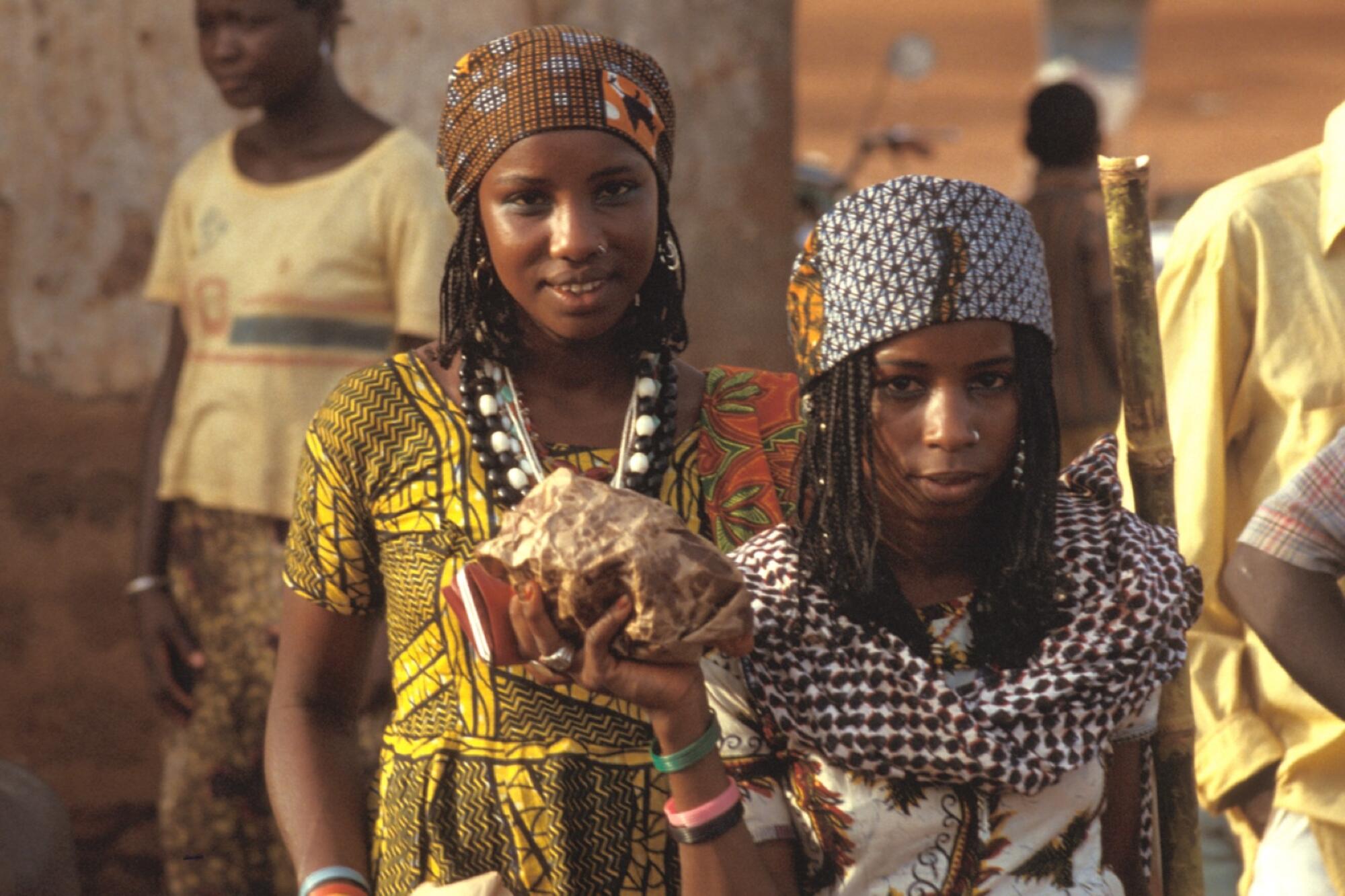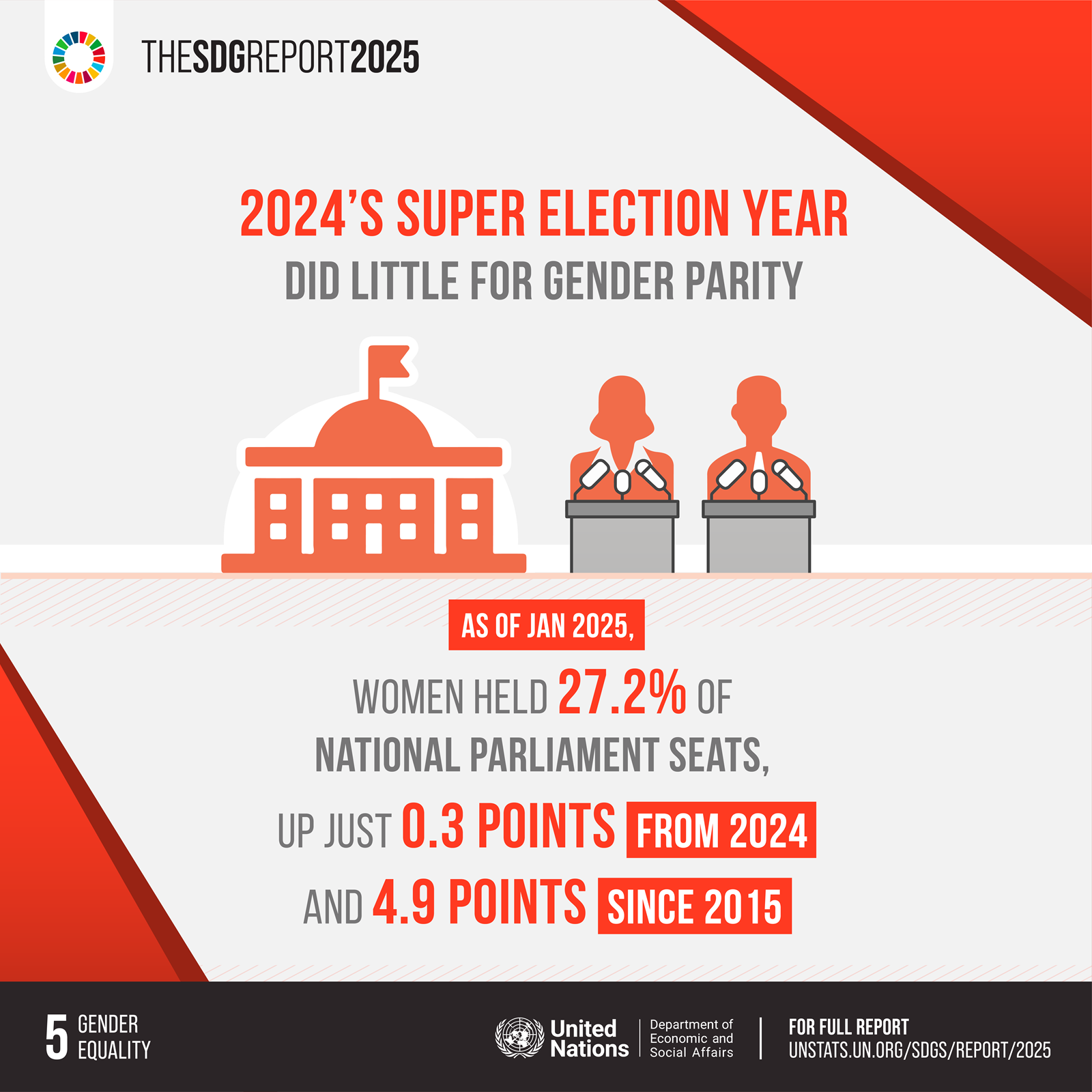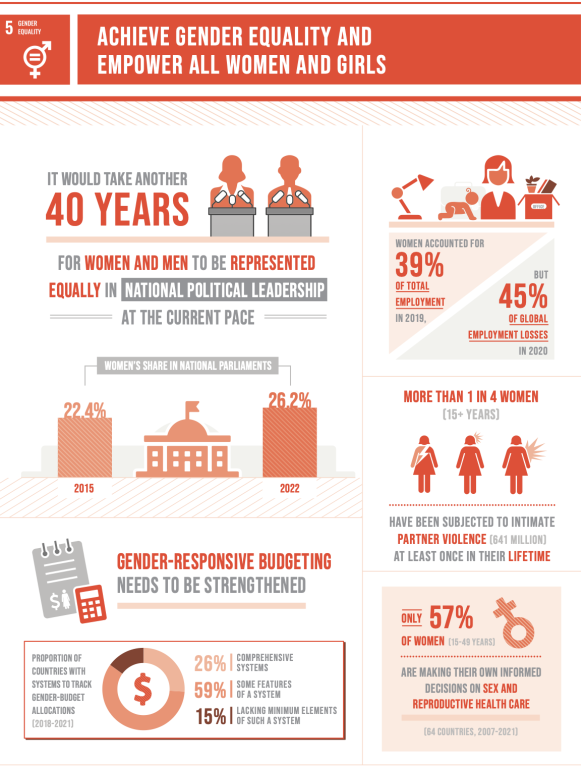
Gender equality and women’s empowerment
Targets and Indicators

5.1
End all forms of discrimination against all women and girls everywhere
5.1.1
Whether or not legal frameworks are in place to promote, enforce and monitor equality and non‑discrimination on the basis of sex

5.2
Eliminate all forms of violence against all women and girls in the public and private spheres, including trafficking and sexual and other types of exploitation
5.2.1
Proportion of ever-partnered women and girls aged 15 years and older subjected to physical, sexual or psychological violence by a current or former intimate partner in the previous 12 months, by form of violence and by age
5.2.2
Proportion of women and girls aged 15 years and older subjected to sexual violence by persons other than an intimate partner in the previous 12 months, by age and place of occurrence

5.3
Eliminate all harmful practices, such as child, early and forced marriage and female genital mutilation
5.3.1
Proportion of women aged 20-24 years who were married or in a union before age 15 and before age 18
5.3.2
Proportion of girls and women aged 15-49 years who have undergone female genital mutilation/cutting, by age

5.4
Recognize and value unpaid care and domestic work through the provision of public services, infrastructure and social protection policies and the promotion of shared responsibility within the household and the family as nationally appropriate
5.4.1
Proportion of time spent on unpaid domestic and care work, by sex, age and location

5.5
Ensure women’s full and effective participation and equal opportunities for leadership at all levels of decision-making in political, economic and public life
5.5.1
Proportion of seats held by women in (a) national parliaments and (b) local governments
5.5.2
Proportion of women in managerial positions

5.6
Ensure universal access to sexual and reproductive health and reproductive rights as agreed in accordance with the Programme of Action of the International Conference on Population and Development and the Beijing Platform for Action and the outcome documents of their review conferences
5.6.1
Proportion of women aged 15-49 years who make their own informed decisions regarding sexual relations, contraceptive use and reproductive health care
5.6.2
Number of countries with laws and regulations that guarantee full and equal access to women and men aged 15 years and older to sexual and reproductive health care, information and education

5.a
Undertake reforms to give women equal rights to economic resources, as well as access to ownership and control over land and other forms of property, financial services, inheritance and natural resources, in accordance with national laws
5.a.1
(a) Proportion of total agricultural population with ownership or secure rights over agricultural land, by sex; and (b) share of women among owners or rights-bearers of agricultural land, by type of tenure
5.a.2
Proportion of countries where the legal framework (including customary law) guarantees women’s equal rights to land ownership and/or control

5.b
Enhance the use of enabling technology, in particular information and communications technology, to promote the empowerment of women
5.b.1
Proportion of individuals who own a mobile telephone, by sex

5.c
Adopt and strengthen sound policies and enforceable legislation for the promotion of gender equality and the empowerment of all women and girls at all levels
5.c.1
Proportion of countries with systems to track and make public allocations for gender equality and women’s empowerment
Progress and Info
Thirty years since the adoption of the landmark Beijing Declaration and Platform for Action, gender equality remains elusive. Legal barriers persist, restricting women’s employment opportunities and perpetuating child marriage and gender-based violence. The unequal burden of unpaid domestic and care work continues to limit the opportunities available to women, although there are significant regional variations. The political representation of women shows alarmingly slow growth, while decision-making autonomy over sexual and reproductive health remains limited in many regions. Gender gaps in land ownership, legal protections and access to mobile telephones further demonstrate the substantial work that is needed to achieve gender equality by 2030. The United Nations System-wide Gender Equality Acceleration Plan, launched by the Secretary-General, is a course-correcting push to fast-track collective United Nations action for gender equality and the rights of all women and girls.
Target 5.1 - In 61 of the 131 countries for which data are available, there was at least one restriction preventing women from doing the same jobs as men in 2024. Only 38 countries had made 18 the minimum age for marriage, with no exceptions, and only 63 countries had laws on rape that were based on a lack of consent.
Target 5.3 - At the time of writing, one in five young women between the ages of 20 and 24 years were first married or in a union before the age of 18. Child marriage has become less common worldwide; this trend was largely driven by progress in Southern Asia. The level remains highest in sub-Saharan Africa, at 31 per cent. Around the world, over 230 million girls and women have undergone female genital mutilation.
Target 5.4 - By 2023, women and girls were spending an average of 2.5 times more hours per day on domestic and care work than men.
Target 5.5 - In 2024, the share of parliamentary seats held by women was 27.2 per cent, up from 22.3 per cent in 2015. In local governments, the participation rate was higher, at 35.5 per cent. Since 2015, the representation of women in management has increased by only 2.4 percentage points, reaching 30 per cent in 2023. Given this sluggish progress, it will take almost 100 years to reach gender parity in managerial roles.
Target 5.6 - Only 56.3 per cent of women between the ages of 15 and 49 who are married or in a union have full decision-making power over their sexual and reproductive health and rights, according to data from 78 countries. The lowest level of autonomy was reported in sub-Saharan Africa, at 36.8 per cent, compared with 87.2 per cent in Europe.
Target 5.a - In 80 per cent of countries for which data are available, less than half of women have ownership of, or secure rights to, agricultural land. In half of these countries, less than half of men hold such rights. In almost half of these countries, the rate o f landownership among men is at least double the rate among women. A global assessment of legal frameworks protecting women’s land rights across 84 countries reveals that 58 per cent of those countries have inadequate measures in family, inheritance and land laws and policies.
Target 5.b - Globally, 77 per cent of women and 82 per cent of men owned a mobile telephone in 2024. Women were about 7 per cent less likely to own a mobile telephone than men – down from 9.4 per cent in 2021. Among those not owning mobile telephones, women outnumbered men by 31 per cent.

For more information, please visit: https://unstats.un.org/sdgs/report/2025/
More details on SDG 5 in 2025: https://unstats.un.org/sdgs/report/2025/Goal-05/
The 2025 Extended Report on SDG 5 can be found here: https://unstats.un.org/sdgs/report/2025/extended-report/Extended-Report-2025_Goal-5.pdf









